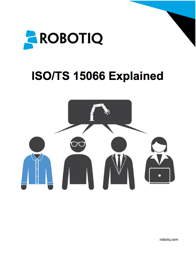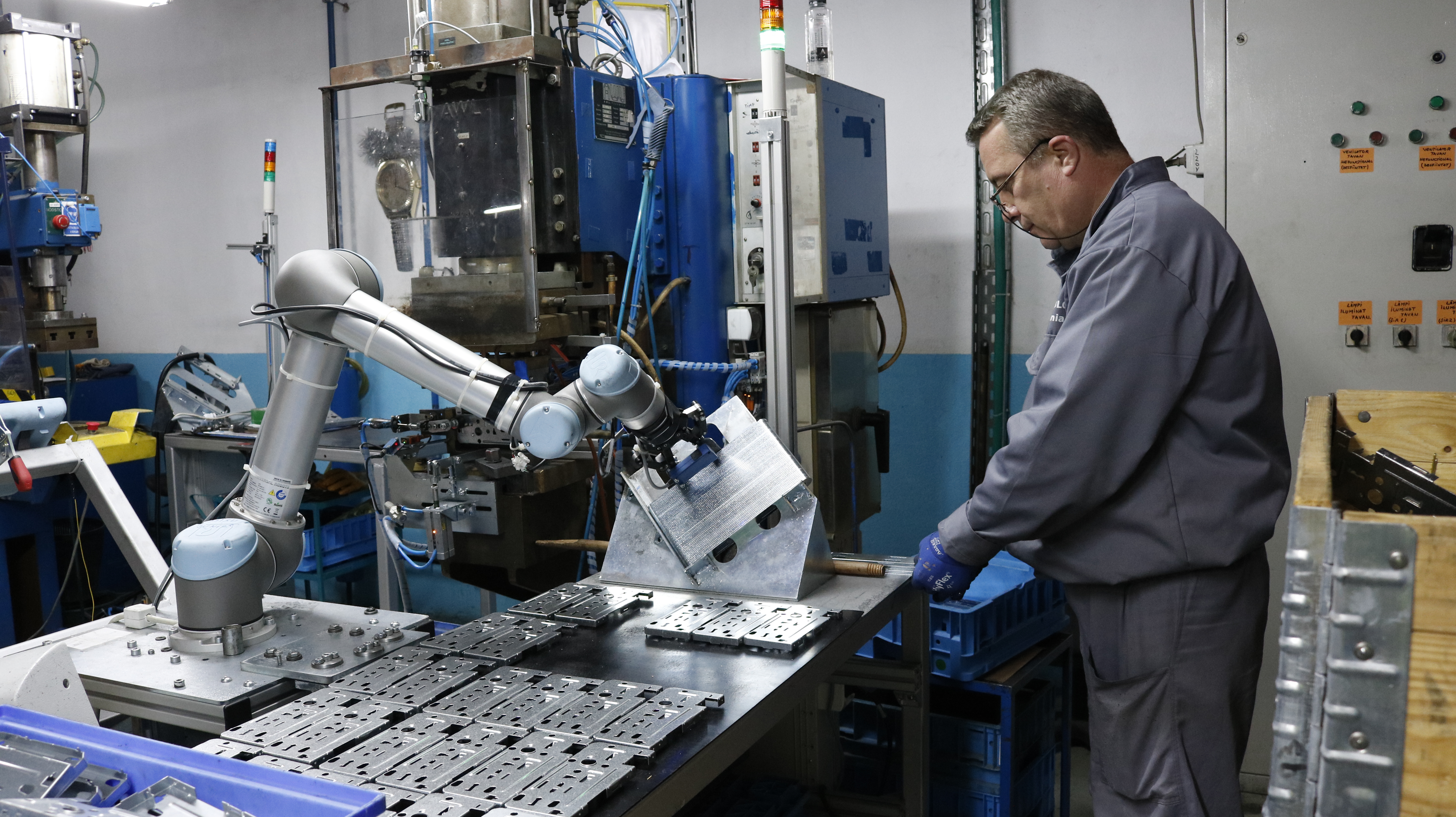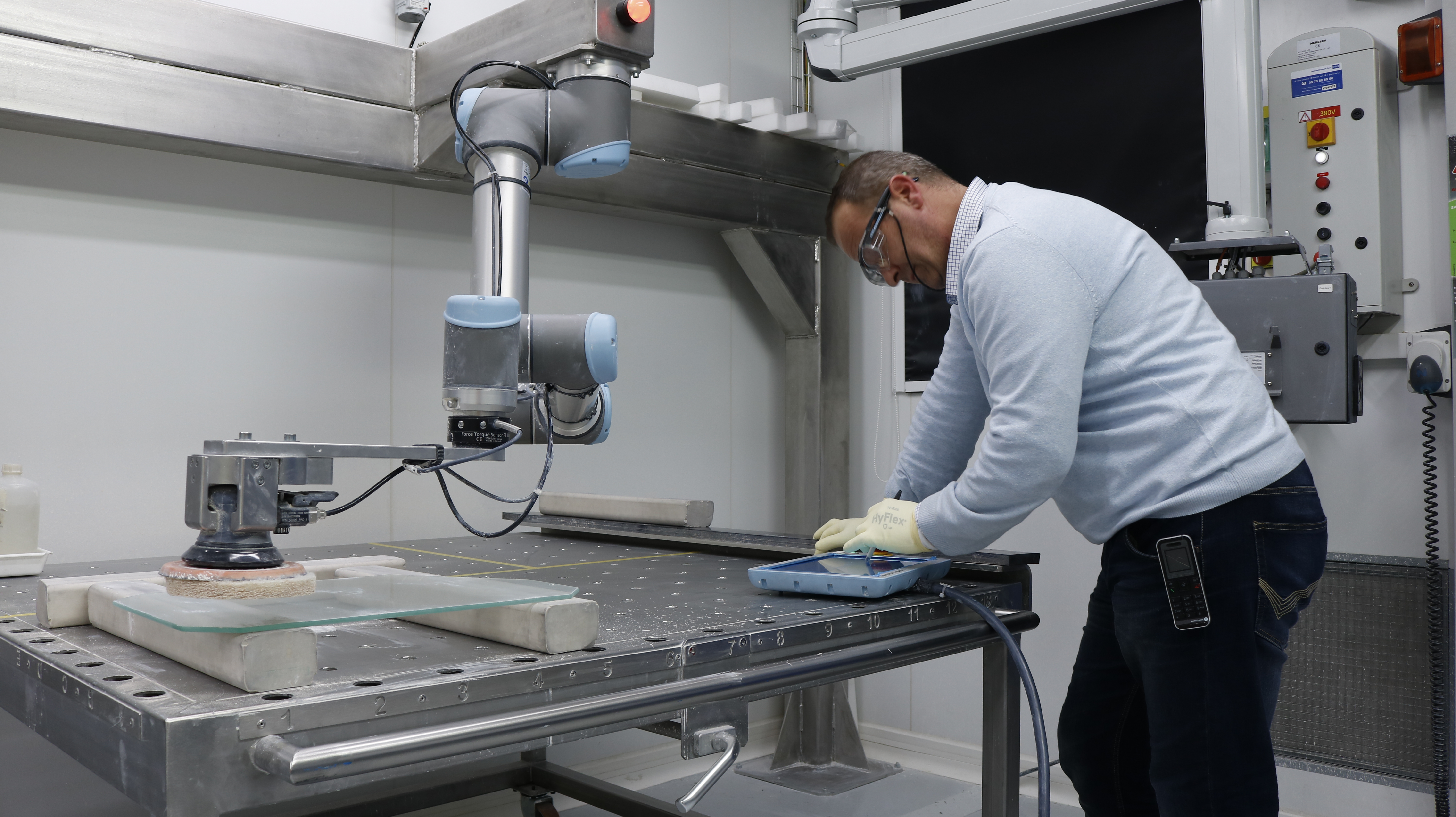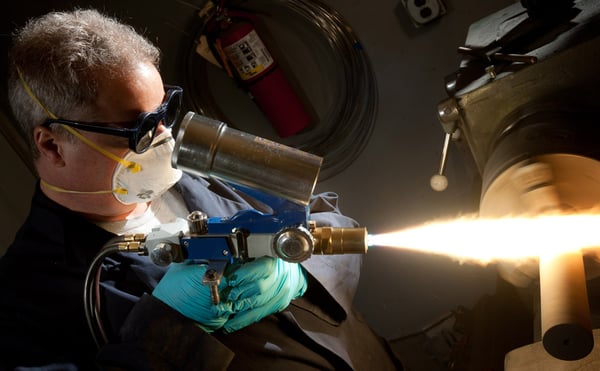ISO/TS 15066 Insights: Do Your Background Research

If you have never carried out a risk assessment before, begin with some basic background research, says Lasse Kieffer, Global Compliance Officer at Universal Robots.

“I would use ISO 12100 as a base document. At least look through it to get some basic ideas about how to perform a risk assessment. Then I would use the ISO 10218-2 standard and, finally, I would use ISO/TS 15066 to do a comprehensive and reasonable risk assessment,” advises Kieffer.
Seek Advice From the Experts
“My personal recommendation would be to seek advice from someone that has some degree of experience in this area,” says Björn Matthias, Senior Principal Scientist – Robotic Automation, at ABB.
“A number of companies have been involved in discussions in bringing forth ISO/TS 15066. And these are companies that have been front-runners in developing technologies suitable for such applications. If I were a customer wanting to realize an application in this way, I would seek their advice.”
Because collaborative applications are “not routine” even systems integrators that are experts at commissioning conventional robot systems might not have the necessary level of experience just yet to put in collaborative applications.
“Doubtless many of them will be seeking to do so and over time I think the number of possible partners that you could turn to will be increasing.”
ISO/TS 15066 Explained
 We interviewed members of the ISO Committee that wrote ISO/TS 15066 to get their input and provide more context to the document. This eBook will make this new technical specifications easy to understand. It covers the reason why it was written, how it affects the factories today, and why it's important. Even better, it explains the content of the technical specifications in the context of real-world scenarios you can relate to.
We interviewed members of the ISO Committee that wrote ISO/TS 15066 to get their input and provide more context to the document. This eBook will make this new technical specifications easy to understand. It covers the reason why it was written, how it affects the factories today, and why it's important. Even better, it explains the content of the technical specifications in the context of real-world scenarios you can relate to.





Leave a comment